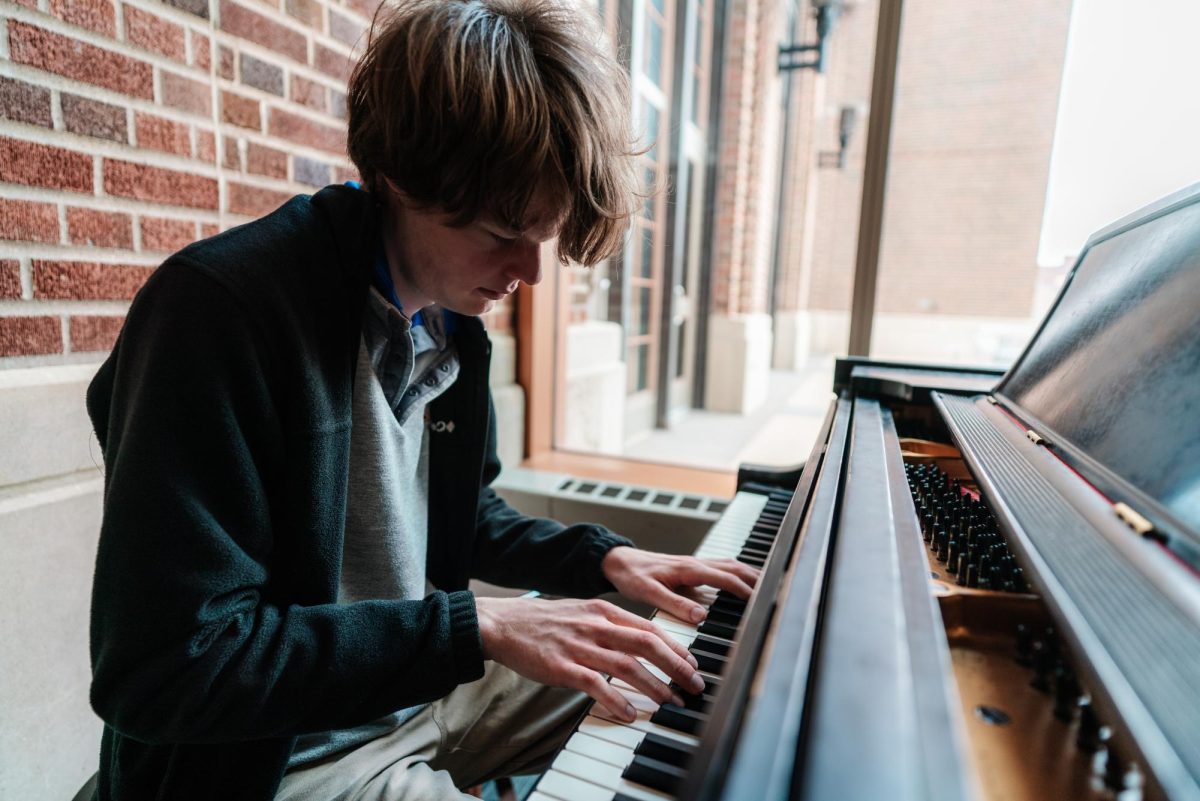Mustafa Jumale has no memory of Somalia. He cannot recall the war-torn country his family fled when he was a toddler.
Though he may not remember the place he came from, he is taking steps to ensure that it is never completely forgotten.
âÄúAll I have is stories,âÄù he said. âÄúBut stories can only give you so much.âÄù
This semester, the University of Minnesota student is utilizing those stories to contribute to the Immigration History Research CenterâÄôs Sheeko project to document the youth experience within the Somali Diaspora in Minnesota.
Sheeko, the Somali word for âÄústory,âÄù involves recording the oral histories of Somalis between the ages of 18 and 25 over the course of the semester.
From the interviews, a digital archive will be created in the form of a website that will allow the public to respond and contribute to the narrative presented, Jumale said.
âÄúThis will be the first archive of Somali youth experiences created by and for Somali youth,âÄù Andy Wilhide, a graduate student assisting with the project, said. âÄúIn the future, this will be a very important historical narrative about Somali youth.âÄù
The idea for Sheeko was sparked after Jumale and Wilhide worked on another IHRC project, Minnesota 2.0, which documented the way immigrant and refugee youth utilize Facebook, Jumale said.
After the idea was developed, it was presented to Donna Gabaccia, the director of the IHRC.
Gabaccia said though the IHRC hosts one of the largest collections of materials documenting the immigrant and refugee experience in the U.S., this proposal presented a fresh opportunity.
âÄúArchives rarely include the voices of young people,âÄù said Gabaccia, who is also a University history professor. âÄúThis was an opportunity to forever capture this voice.âÄù
Undergraduate students have conducted about a dozen video-recorded interviews since January and hope to more than double that number by May, Wilhide said.
Jumale, a senior in the Department of African American & African Studies, said though interviewees have primarily been selected from around campus, the group is looking to find people who reflect a range of experiences, including those not enrolled in universities or from other campuses.
Ifrah Mansour, one of the students interviewed for the project, said she participated because she fears that critical stories could be lost without an effort to document the complex experience.
âÄúI see it being a critical part of our education,âÄù she said, âÄúa critical part of strengthening our community.âÄù
Mansour said it only took one question to get her to open up, and though she had prepared what she wished to share beforehand, she ended up presenting a far more personal aspect of her experience.
âÄúFor some weird reason, I ended up talking about my GrandmaâÄôs farm back in Somalia,âÄù she said. âÄúI have no idea how I went from talking about my education to my grandma.âÄù
Jumale said, like Mansour, most interviewees have had no trouble opening up, with interviews lasting anywhere from 45 minutes to close to two hours.
The undergraduate researchers, including Jumale, were also expected to share their own stories, which highlighted common themes regarding struggle, ambition, strength and âÄúidentity politics,âÄù Wilhide and Jumale said.
âÄúAt home theyâÄôre in a Somali world, and at school theyâÄôre in an American one,âÄù Wilhide said. âÄúBut whatâÄôs interesting is that now theyâÄôre creating a new youth culture that transcends both.âÄù
He said the project aims to offer both Somalis and non-Somalis the opportunity to explore the complexity of the experiences of these youth.
Wilhide, who said she has been inspired by studying the history of Somali migration in Minnesota, hopes the project will provide a more balanced portrayal of Somali youth.
âÄúI think the media sometimes portrays young Somali people in a very negative light,âÄù she said. âÄúPeople who go to the website will get sense of positive things these youth are engaged in.âÄù
Daily Email Edition
Get MN Daily NEWS delivered to your inbox Monday through Friday!

Published April 25, 2024
Published April 24, 2024

Published April 24, 2024
Trending
Somali youth document the diaspora with their ‘sheeko’
Students are working with a U program to collect the oral history of their home country.
Published March 3, 2011
Leave a Comment
More to Discover
Advertisement
The Minnesota Daily • © 2024 The Minnesota Daily • Privacy Policy • FLEX Pro WordPress Theme by SNO • Log in













